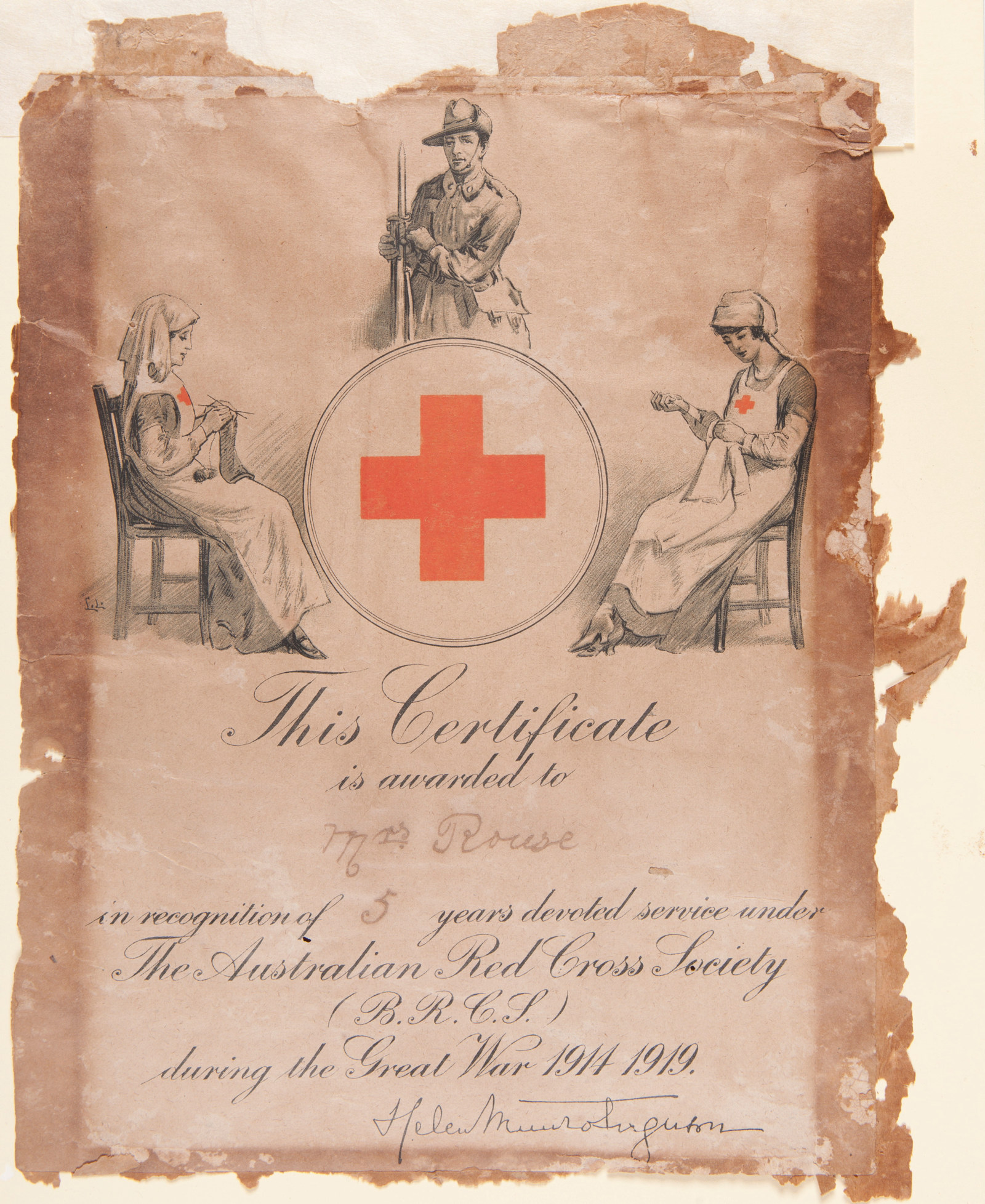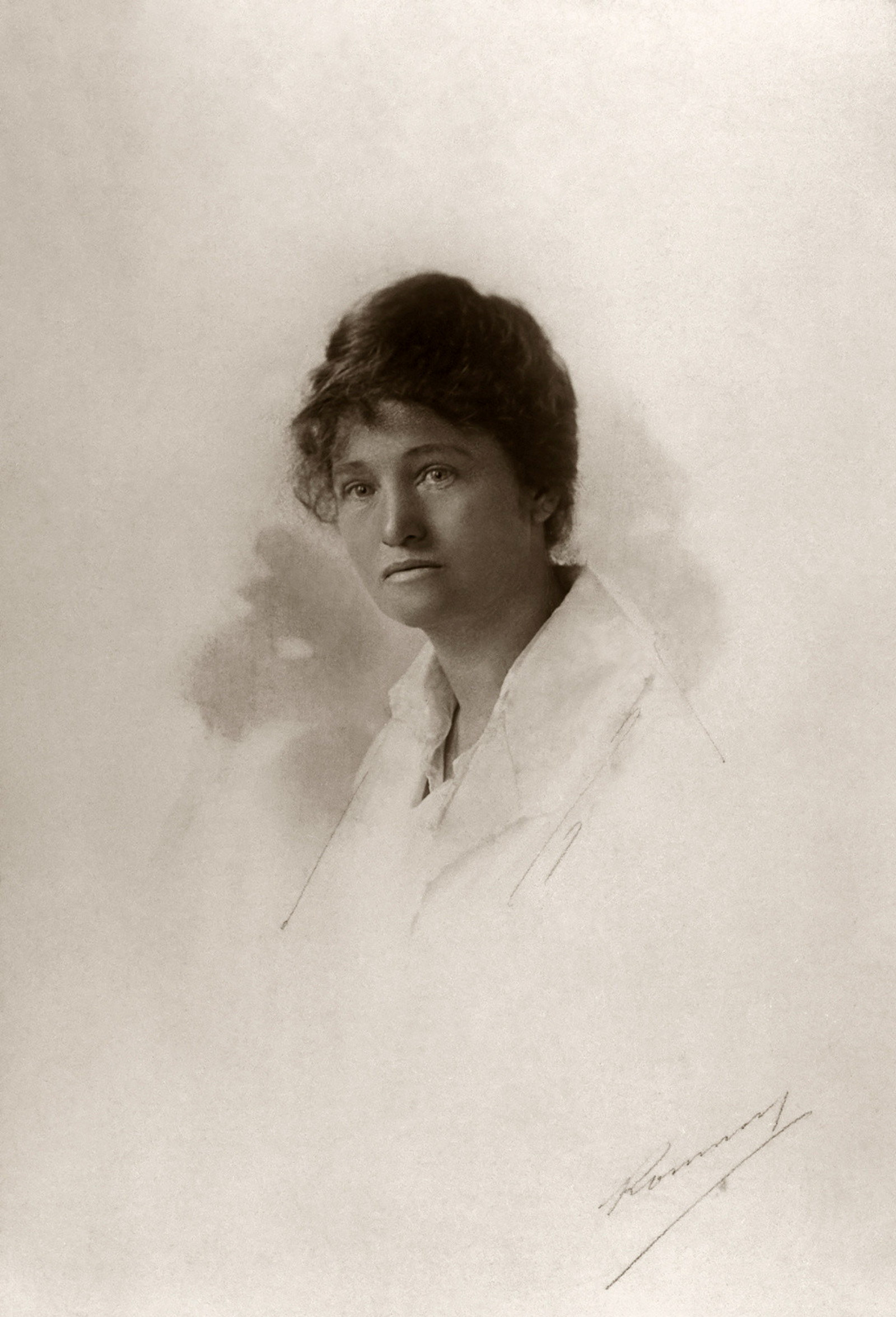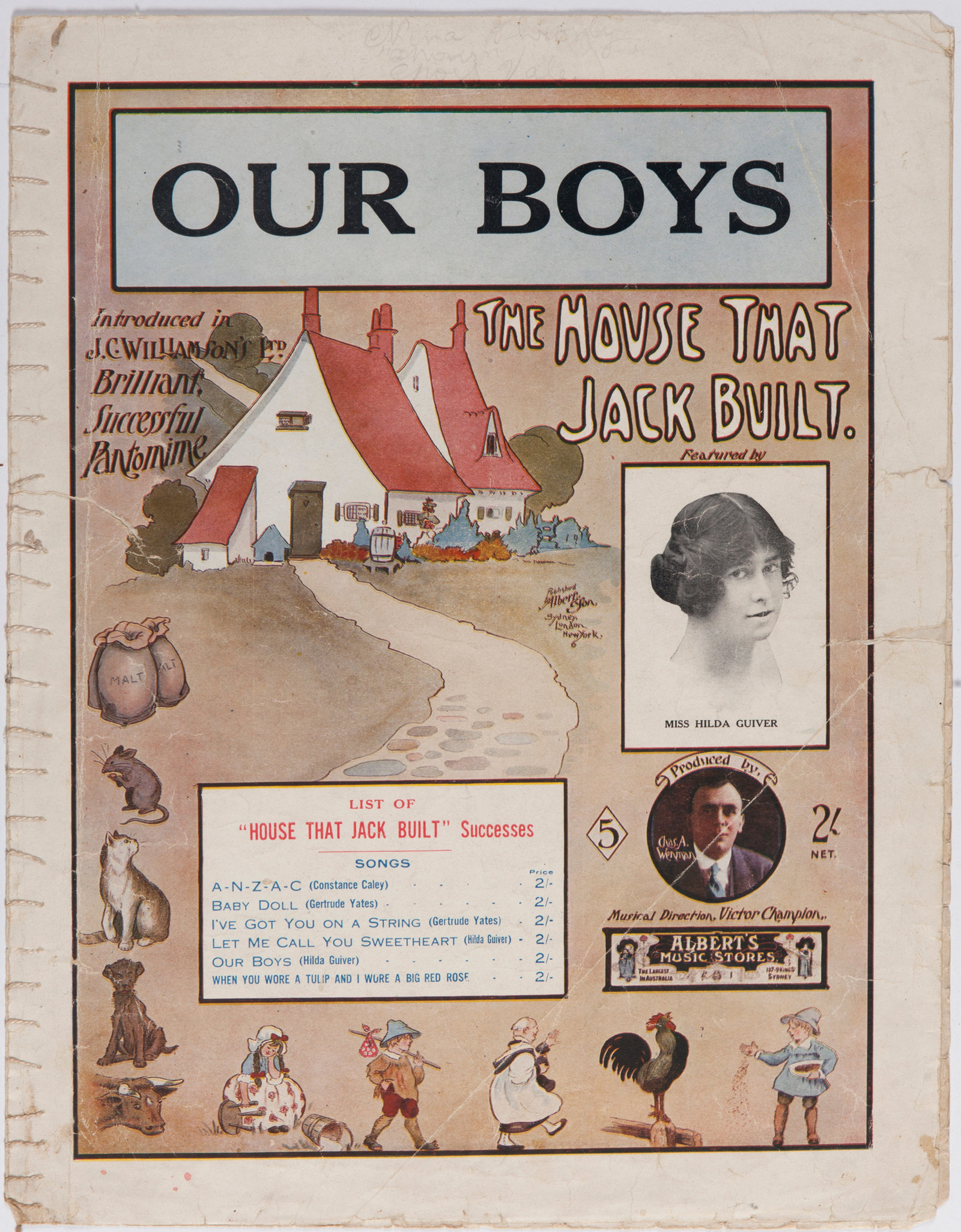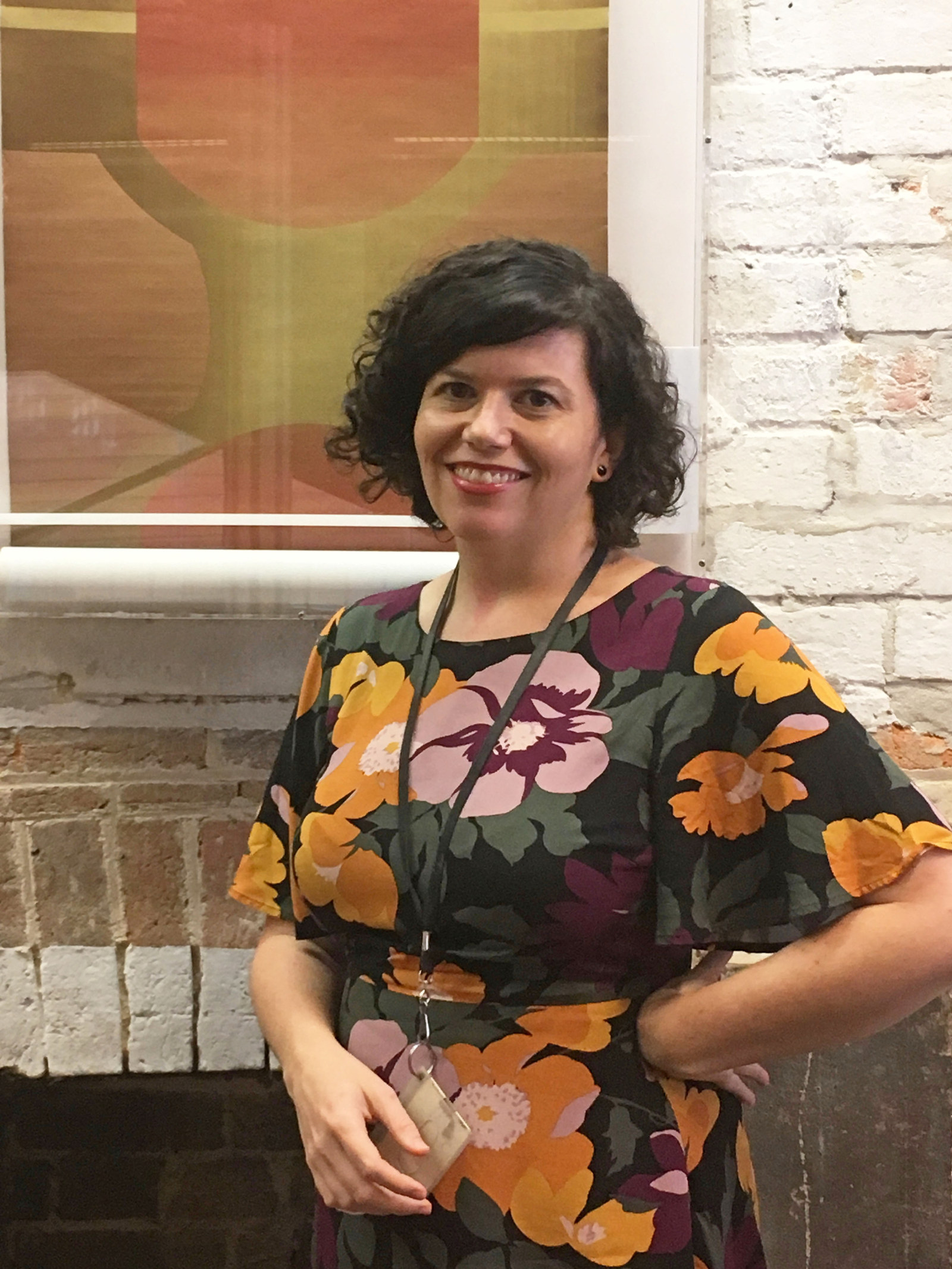The sock knitter: Belle Thorburn
For soldiers in the trenches of wartime Europe, a pair of hand-knitted socks was more than just a comfort from home.
Clean socks were also crucial to help stave off trench foot, a potentially debilitating fungal infection that thrived in the wet, cold and squalid conditions, and could lead to gangrene and amputation if left untreated. Feet needed to be kept as dry as possible, and it was recommended that men change their socks at least twice a day. In response to this demand, knitters across the British Empire worked tirelessly to provide a steady supply of socks for the soldiers. In Australia, organisations such as the Red Cross and Australian Comforts Fund distributed patterns and provided access to cheap wool, and it’s estimated that Australian knitters – predominantly women and schoolchildren – produced over a million pairs for the troops at the front.
Socks were knitted ‘in the round’ on double-pointed needles, leaving no seams that could potentially result in chafing. The technique can clearly be seen in this image of Belle Thorburn (1852–1930) in the garden at Meroogal in Nowra. The image is cropped from a photograph showing Belle and her sisters with their great-nephew Robert Barnet (1895–1916), who is dressed in army uniform and just weeks away from departing for France. Robert himself took the photograph, using a remote control, and it is likely that he asked Belle to present herself as a knitter, to put it on record in effect.
According to her great-niece June Wallace, Belle was an accomplished needlewoman who particularly liked making very fine knitted and crocheted lace. She tatted lace edgings for handkerchiefs and knitted beautiful baby clothes for all the new infants among the extended network of family and friends associated with the Thorburn household at Meroogal. Belle and her sisters were dedicated knitters during the war, with every spare moment spent making socks for the many young men they knew at the front.
Belle’s wartime sock pattern survives. It is not complete, and given that Belle was an experienced knitter who probably no longer needed to rely on a pattern, one may wonder at its purpose. But she was an active member of the Nowra Red Cross, so perhaps she made copies for others, encouraging the sock-knitting efforts of her local community. For Belle, as for the many thousands of knitters all across the country, knitting for the troops was also an act of patriotism. It was an opportunity to engage a traditionally feminine skill in a way that made a meaningful contribution, not just to the wellbeing of the recipients in the trenches, but also to the war effort as a whole.
Published on
More

WW1
Bessie Rouse and the Kellyville-Rouse Hill Red Cross
Eliza Ann Rouse, affectionately known as Bessie, mistress of Rouse Hill House, was in her early seventies when war was declared in August 1914

WW1
Isabel Swann: the Women’s Peace Army & free speech
An ardent peace activist, an anti-conscription campaigner and defender of free speech

WW1
Red Cross tearoom at Vaucluse House
On 2 October 1918 the Sydney Mail published a photograph of a Red Cross worker amid the wisteria of Vaucluse House

WW1
Our Boys: patriotic sheet music
The song, written by a young Sydney woman named Evelyn Greig, was one of more than 500 patriotic songs published in Australia during World War I
